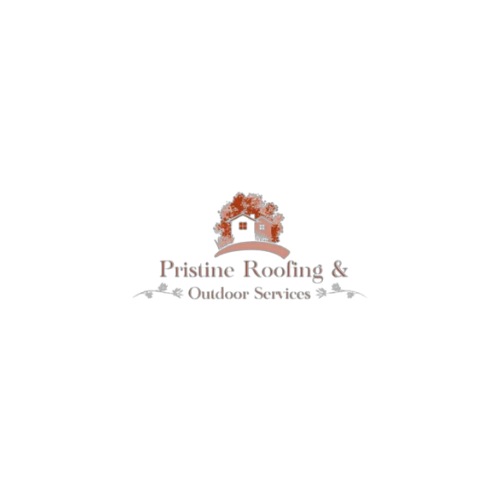Roof inspections are an essential part of home maintenance, helping to identify issues that could lead to significant damage if left unchecked. By understanding common roof problems, homeowners can take proactive steps to maintain their roofs and avoid costly repairs. This article will explore some of the most common issues discovered during roof inspections.
Leaks and Water Damage
Causes of Leaks
Leaks are one of the most frequent problems found during roof inspections. They can be caused by a variety of factors, including:
- Damaged or Missing Shingles: These provide a direct path for water to enter your home.
- Cracked Flashing: Flashing seals the areas where the roof meets other structures, like chimneys or vents. When it cracks, water can seep in.
- Improperly Sealed Valleys: Valleys are where two roof planes meet. If they aren't sealed properly, water can penetrate the roof.
Signs of Water Damage
Water damage might not be immediately visible. Look for these signs:
- Stains on Ceilings or Walls: Discoloration often indicates a leak.
- Mold or Mildew Growth: Excess moisture can lead to mold, which poses health risks.
- Warped or Sagging Roof Deck: This can signal long-term water damage and structural issues.
Missing or Damaged Shingles
Causes of Shingle Damage
Shingles can be damaged by:
- High Winds: Strong winds can lift or remove shingles entirely.
- Hail: Hailstones can crack or bruise shingles, compromising their integrity.
- Aging: Over time, shingles can become brittle and crack.
Identifying Shingle Issues
During an inspection, look for:
- Curling or Buckling Shingles: This indicates that the shingles are nearing the end of their lifespan.
- Granule Loss: Check gutters for shingle granules. Significant granule loss can mean the shingles are deteriorating.
- Exposed Nail Heads: Nails that are no longer covered can let water in.
Structural Issues
Causes of Structural Problems
Structural issues can arise from:
- Excessive Weight: Heavy snow or ice can put stress on the roof structure.
- Poor Construction: If the roof wasn't built properly, it might sag or collapse.
- Water Damage: Long-term leaks can weaken the structural components.
Identifying Structural Issues
Inspectors look for:
- Sagging Roof Lines: Any noticeable sagging can indicate a structural problem.
- Cracked or Rotting Rafters: These are signs of compromised structural integrity.
- Separation of Roofing Materials: Gaps between roofing materials can suggest shifting or settling.
Moss and Algae Growth
Causes of Moss and Algae
Moss and algae grow in damp, shaded areas of the roof. Common causes include:
- Trapped Moisture: Moisture trapped between shingles can encourage growth.
- Lack of Sunlight: Shaded areas are more prone to moss and algae.
Problems Caused by Moss and Algae
While they might seem harmless, moss and algae can cause:
- Shingle Damage: Moss can lift shingles, making them more susceptible to wind damage.
- Water Retention: Moss holds moisture against the roof, which can lead to rot and leaks.
- Aesthetic Issues: Algae stains can make your roof look unsightly.
Poor Roof Ventilation
Importance of Ventilation
Proper ventilation is crucial for maintaining a healthy roof. Poor ventilation can cause:
- Heat and Moisture Buildup: Excess heat and moisture can damage the roof deck and shingles.
- Increased Energy Costs: Poor ventilation can make your HVAC system work harder.
Identifying Ventilation Issues
Signs of poor ventilation include:
- Hot Attic: If your attic is excessively hot, it may indicate poor ventilation.
- Condensation: Moisture on rafters or insulation is a sign of ventilation problems.
- Ice Dams: In cold climates, poor ventilation can cause ice dams, which can damage the roof.
Conclusion
Regular roof inspections are essential for identifying and addressing common roof problems before they escalate into major issues. By understanding the causes and signs of these problems, homeowners can take proactive measures to maintain their roofs and protect their homes.





Comments